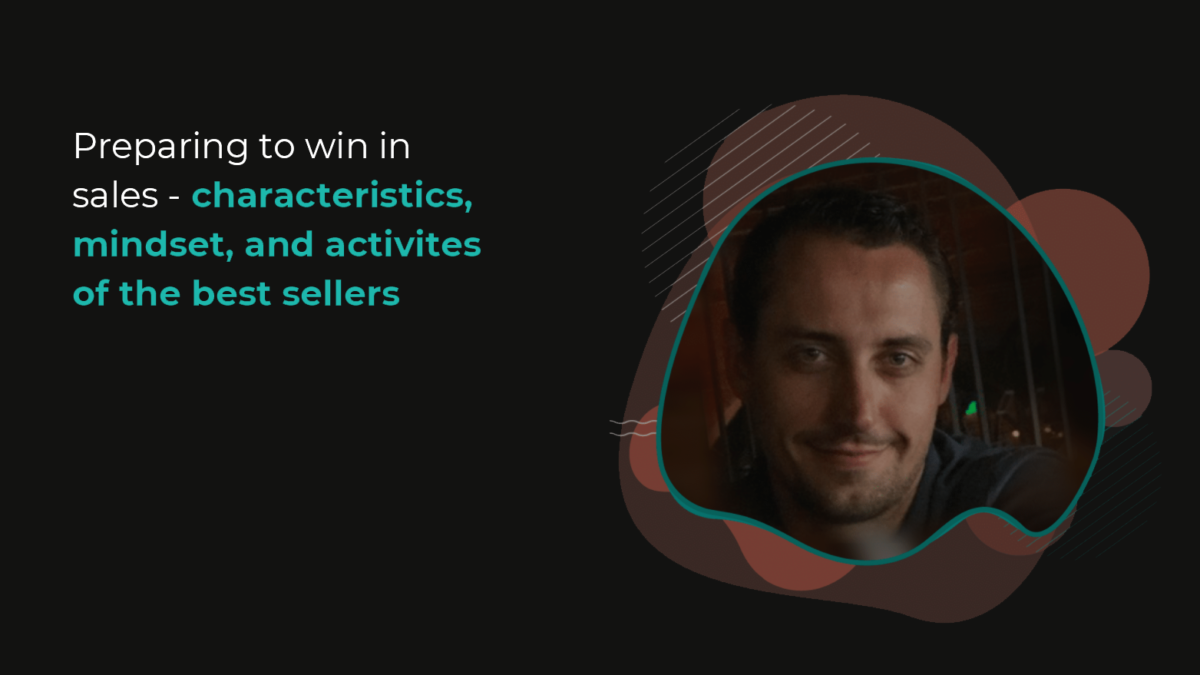Strategies I Apply to Maximize Networking
Networking is a powerful tool because it gives you private information, access to various skill sets, and power. A broad, deep, and diverse network give you more opportunities in your lifetime. Because salespeople must constantly meet new people and connect disparate groups together, it gives power and influence once you earn it. The richness and reach and the diversity and breadth are what networking is all about.
But networking is not just in trade shows, events, or industry conferences. It can be anywhere— while getting your coffee, waiting in the lobby of a hotel, even inside an elevator on your way to another client. But only great salespeople can convert casual, coincidental, or impromptu conversations into sales conversions. It takes tactical and strategic moves and a lot of preparation and practice to nail down transitioning from small talk about sports and weather to clients signing purchase orders and engagement letters.
There are five phases we go through whenever we meet people. What we do in these five phases determines how we maximize networking for sales. I want to share the strategies I apply to get the most out of every networking opportunity using expert moves that transition you from the first phase to the last.
Preparation
When we think of networking, we immediately know that the first move is talking to someone. But what’s more unfamiliar is how crucial the “how” is when we talk to someone.
Think of it this way. If you’re attending a 2-hour industry event of a hundred people, and you are sure that five out of that hundred is the person you are looking for to make a sale, what steps do you take to make it easy to identify them within those two hours?
You might check if there’s an attendee list available for you to peruse so you can review names and job titles. Maybe you’ll also see if there’s an event hashtag where you can stalk people who post, hoping to find the sales leads you need. You’ll get familiar with their face, and then it’s easy to look for them face-to-face.
But it’s not all the time that you can prepare for networking. You have to be ready at all times, in all places, while being persuasive, influential, and powerful. How do you find the exact person you’re looking for, especially if it isn’t a scheduled event?
The five phases below teach you how to do that, even without preparation.
First phase: The Small Talk
When you’re in an event with the intention of networking, the best way to meet people is to simply walk up to them and make small talk. It’s easy to introduce yourself, ask them how they are, or talk about the weather or sports. But keep in mind that small talk is the window where you can design the exact conversation you want to have. Remind yourself if you’re in the event to have fun or to work, because if it’s the latter, this first step is essential.
How I do it is by starting with a simple question. “Hi, I’m Jeev. How are you?”
Naturally, they will reply to answer your question and ask it back. When they do, I can lead the conversation where I want it to be. The formula is to use one or more of the following:
- Say you find your work fun
- Say you are a positive person
- Say you are busy
These three strategies are more likely to generate the conversation you want to have. Instead of saying “I’m feeling great,” I can make it more insightful with something along the lines of “I’m feeling great, I’m working on three interesting projects right now, and I’m having fun.” It prompts the second phase of this networking strategy where your prospect asks, “So what do you do?”
Second phase: Sales Trailer
In movies, aside from your favorite actors, you get hooked when you watch the trailer. It’s a short sneak peek at what you can expect from the entire movie. It makes you curious, and it teases you on what it’s about or what happens next. The same logic applies to networking. Your sales trailer is your answer to the question, “what do you do?” This is the part where you need to stand out and breakthrough.
As salespeople, we shouldn’t answer this with a sentence that immediately ends the conversation. It should be the complete opposite. It must be interesting enough that they want to know more.
- Say something that piques curiosity
- Say what you do that is benefit-oriented
- Say what you’re looking for
Instead of saying “I work in marketing” or “I am a salesman,” you can give a little bit of an edge to transition you to the third gear. “I run a company called Project Sales, and we help companies optimize their online presence for more organic traffic that generates qualified leads.” It can also be “I’m the sales director for a marketing automation company, and I’m looking to make the next industry disruption for the most interesting marketing tech company I can find.”
Third phase: Differentiator
The question I want them to ask next is, “what does that mean?” The goal is for my sales trailer to be like a movie trailer. I make them want to know more.
This third phase is now your time to share exactly what sets you apart from similar products or services. You tell them a little more about what you do and shift the conversation next to qualifying if they are the person you’re looking for among the lot.
- Say what makes you unique
- Say what your competitors or the general industry are doing wrong (without namedropping)
- Say how you think your product or services can create a valuable impact
In other instances, I want them to ask, “what are you looking for?” because if they are curious, it transitions me immediately to the fourth phase, the qualifying stage.
Fourth phase: Qualifier
If you’re at an event with a limited duration, then you want to talk to the right people, so you find the five among the hundred who attended. This is when I ask impact questions that let me know if they are the people I need to network with to close a deal. Questions such as “How do you think about sales right now in your company?” or “how do you find the current marketing automation industry?” will lead me to determine if they are the kinds of people who would influence the decision of purchasing my products or hiring me for my services.
If you hear about “I’m not into sales, I’m a programmer” or “I don’t think about those kinds of things.” Then you know they’re not the person you’re looking for, and you shouldn’t be getting into a full-blown conversation with this person. This should trigger your exit strategy.
During small talk, I usually insert in the conversation that “I’m actually here for work and would love to meet many different people. I’m sure you’re the same way.”
This insert creates the door to my exit strategy.
I can stay in the conversation for a little bit to wrap up, then transition to “It was great chatting with you. As I mentioned earlier, I’m looking to meet a lot of people today, I’m sure you’re the same way, and I don’t want to keep you.” Then bid my polite goodbye and move to the next conversation and start again on the first phase.
The fifth phase: Exchange
If you find the needle among the haystack, the common mindset is to stay as long as possible in that conversation to make the sale. Wrong.
What I do in this phase is another exit move but turning it into something more actionable. “I do believe we have a lot to talk about! How about I get your business card, and I’ll send you an email first thing tomorrow to schedule a call or a meeting with you to discuss this further?”
Once I get that business card, this is followed by “It was great meeting you, but as I mentioned earlier, I’m here to meet many people. I’ll shoot you an email tomorrow and we can definitely get back where we left off.”
If you found one person among the five people you need to find, you still have four more and need to continue to network until you find that person. You don’t stay with them because it’s almost impossible that you can close a deal on the spot without ironing out all the details, and those take time. You’re in the event to network, and the more you move along from conversation to conversation, the more likely you are to find the right person you’re looking for.
These networking strategies take practice and expert moves to master. The key is to prepare your answer for each phase so you’re not put on the spot, and you can transition to each stage and each conversation smoothly and efficiently.
Sounds interesting? Let’s talk about how we can put these strategies into action for your business.
About Jeev
A serial entrepreneur with a rich history of launching disruptive online businesses and taking them to the top, Jeev owns dozens of “go-to” reviews and rankings websites. Jeev has invested more than 20 years researching human behavior and how to leverage different sales methodologies to effectively influence decision-makers.To find out how Jeev can help you, visit jeevtrika.com.











